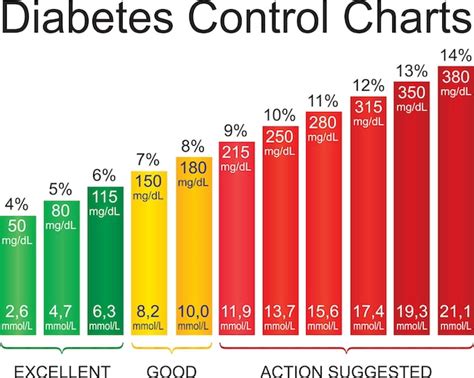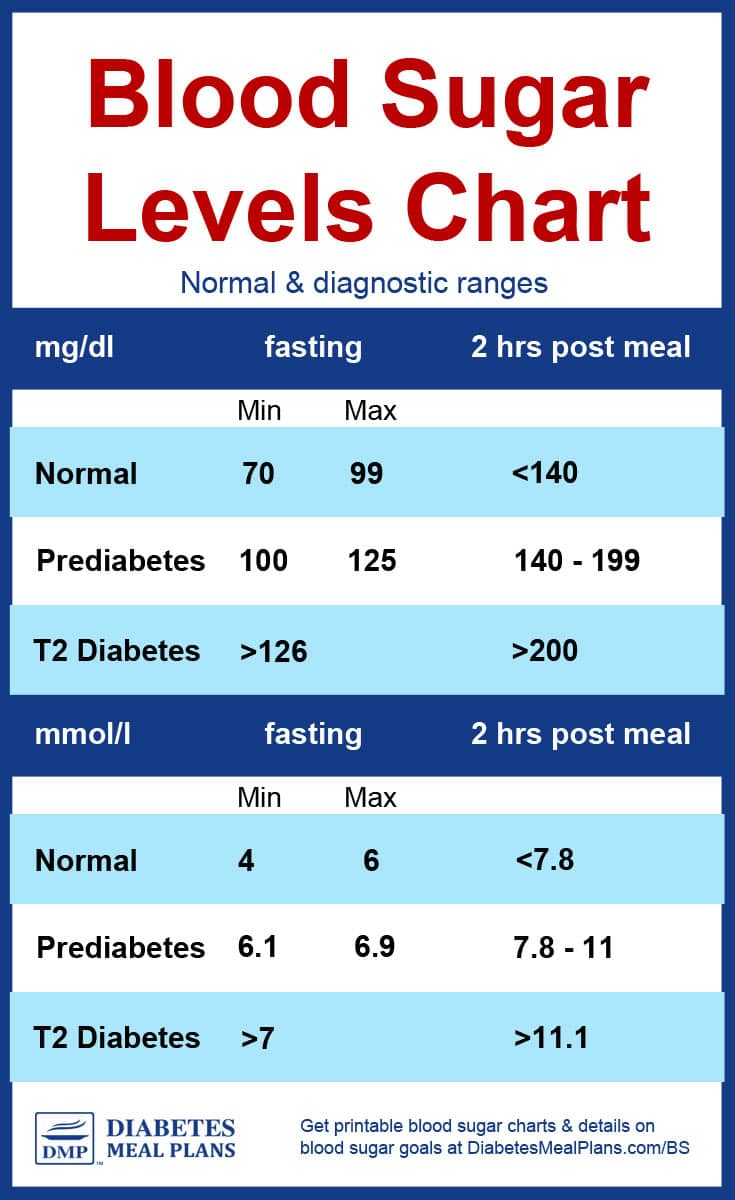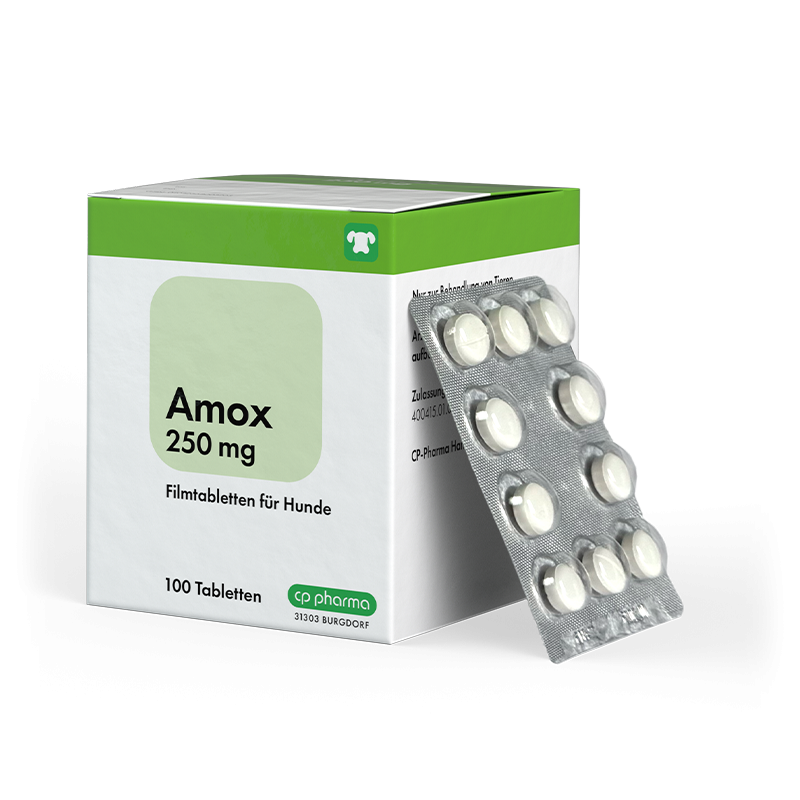Understanding blood sugar readings is a fundamental aspect of managing diabetes, a condition that affects millions of people worldwide. Diabetes occurs when the body either cannot produce enough insulin, a hormone produced by the pancreas that regulates blood sugar levels, or cannot effectively use the insulin it produces. This results in high blood sugar levels, which, over time, can lead to serious health issues, including heart disease, kidney disease, and nerve damage.
Monitoring blood sugar levels is crucial for people with diabetes. It helps them understand how different factors such as diet, physical activity, and medication affect their blood sugar levels. This information is vital for making informed decisions about their care plan, ensuring their blood sugar levels remain within a target range, and preventing diabetes-related complications.
What are Normal Blood Sugar Levels?
Normal blood sugar levels vary throughout the day, particularly in response to meals. For people without diabetes, normal blood sugar levels are typically between 70 and 140 mg/dL (milligrams per deciliter) after eating. Before eating, or when fasting, blood sugar levels are usually lower, ranging from 70 to 99 mg/dL.
For individuals with diabetes, the target blood sugar levels are slightly different. The American Diabetes Association recommends the following target blood sugar levels for most adults with diabetes: - Before meals: 80 to 130 mg/dL - After meals (1 to 2 hours after eating): Less than 180 mg/dL
How to Monitor Blood Sugar Levels
Monitoring blood sugar levels involves using a device called a glucometer or blood glucose meter. This device requires a small drop of blood, usually obtained from a fingertip, which is then placed on a test strip inserted into the glucometer. The device provides a reading of the blood sugar level in a matter of seconds.
In addition to a glucometer, another technology used for continuous monitoring of blood glucose levels is the continuous glucose monitor (CGM). A CGM involves inserting a small sensor under the skin, which measures glucose levels in the fluid between cells every few minutes and sends the data to a receiver or a smartphone app. This provides a more detailed picture of blood sugar levels over time, helping to identify patterns and trends that might not be visible through sporadic glucometer readings.
Factors Affecting Blood Sugar Levels
Several factors can influence blood sugar levels, including: - Diet: Consuming foods high in carbohydrates can raise blood sugar levels, while protein and fat have less of an immediate effect. The glycemic index (GI) of foods can also impact blood sugar levels, with high-GI foods causing a more rapid increase in blood sugar. - Physical Activity: Exercise can lower blood sugar levels by improving the body’s sensitivity to insulin. Regular physical activity is a key component of diabetes management. - Medications: For people with diabetes, medications such as metformin, sulfonylureas, and insulin can help manage blood sugar levels. - Stress and Sleep: Stress and inadequate sleep can raise blood sugar levels. Managing stress through techniques like mindfulness and ensuring adequate sleep are important for maintaining healthy blood sugar levels.
Managing High Blood Sugar Levels
When blood sugar levels become too high, a condition known as hyperglycemia, it can lead to symptoms such as increased thirst and urination, blurred vision, and fatigue. Severe hyperglycemia can result in more serious conditions, including diabetic ketoacidosis (DKA) or hyperglycemic hyperosmolar nonketotic syndrome (HHNS), both of which are medical emergencies.
To manage high blood sugar levels, individuals with diabetes may need to: - Adjust their diet and physical activity levels - Take their diabetes medications as prescribed - Monitor their blood sugar levels more frequently - Stay hydrated by drinking plenty of water - Seek medical advice if symptoms persist or worsen
Managing Low Blood Sugar Levels
On the other hand, when blood sugar levels drop too low, a condition known as hypoglycemia, it can cause symptoms like shakiness, dizziness, sweating, hunger, irritability, confusion, or even loss of consciousness in severe cases.
To manage low blood sugar levels, individuals should: - Consume fast-acting carbohydrates, such as glucose tablets, hard candies, or fruit juice - If the person is unconscious, not alert, or unable to swallow, a glucagon injection may be necessary - Once the blood sugar level returns to normal, eating a snack or meal that includes protein can help maintain blood sugar levels
The Future of Blood Sugar Monitoring
Advancements in technology are continually improving the way we monitor and manage blood sugar levels. From smart insulin pens that track doses and calculate future insulin needs to mobile apps that provide real-time blood glucose data and offer personalized advice, these innovations aim to make diabetes management more efficient, accessible, and integrated into daily life.
Moreover, research into new treatments and potential cures for diabetes, such as islet cell transplantation and immunomodulatory therapies, offers hope for a future where managing blood sugar levels could become less of a daily concern for those living with diabetes.
Frequently Asked Questions

What is the normal range for blood sugar levels after eating?
+For individuals without diabetes, normal blood sugar levels after eating are typically below 140 mg/dL. For those with diabetes, the target is usually less than 180 mg/dL after meals.
<div class="faq-item">
<div class="faq-question">
<h3>How often should I check my blood sugar levels?</h3>
<span class="faq-toggle">+</span>
</div>
<div class="faq-answer">
<p>The frequency of checking blood sugar levels can vary depending on the type of diabetes, the treatment plan, and how well the condition is managed. Generally, people with type 1 diabetes and some with type 2 diabetes may need to check their blood sugar levels several times a day.</p>
</div>
</div>
<div class="faq-item">
<div class="faq-question">
<h3>What are the symptoms of high blood sugar levels?</h3>
<span class="faq-toggle">+</span>
</div>
<div class="faq-answer">
<p>Symptoms of high blood sugar levels (hyperglycemia) can include increased thirst and urination, blurred vision, and fatigue. If left untreated, severe hyperglycemia can lead to serious complications.</p>
</div>
</div>
<div class="faq-item">
<div class="faq-question">
<h3>How can I prevent low blood sugar levels?</h3>
<span class="faq-toggle">+</span>
</div>
<div class="faq-answer">
<p>Preventing low blood sugar levels (hypoglycemia) involves balancing medication, diet, and physical activity. Regular monitoring of blood sugar levels, eating regular meals, and being aware of the signs of hypoglycemia can help prevent it.</p>
</div>
</div>
<div class="faq-item">
<div class="faq-question">
<h3>What is continuous glucose monitoring, and how does it work?</h3>
<span class="faq-toggle">+</span>
</div>
<div class="faq-answer">
<p>Continuous glucose monitoring (CGM) involves wearing a small sensor under the skin that measures glucose levels in the interstitial fluid every few minutes. This provides a detailed picture of blood sugar trends throughout the day and can help identify patterns that may not be caught with occasional glucometer readings.</p>
</div>
</div>
</div>
In conclusion, understanding and managing blood sugar levels is central to living with diabetes. By monitoring blood sugar levels regularly, understanding the factors that influence them, and making informed decisions about diet, physical activity, and medication, individuals with diabetes can maintain their blood sugar levels within a healthy range, prevent diabetes-related complications, and improve their overall quality of life. Advances in technology and ongoing research offer promising possibilities for the future management and potential cure of diabetes, bringing hope to those affected by this condition.


